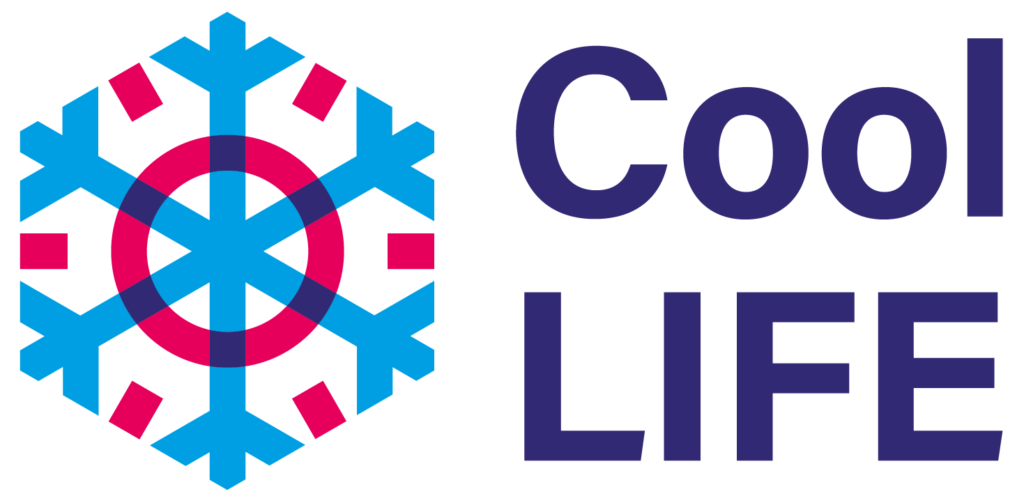Driving a Sustainable Future in Space Cooling
Global temperatures are rising and summers are becoming less habitable across the EU, driving a surge in demand for thermal comfort solutions. In fact, space cooling has become the fastest-growing use of energy in buildings globally. However, the majority of space cooling systems in place today are resource-intensive and powered by non-renewables, with energy efficiency ratings averaging at less than a third of what they could be. The EU’s Fit for 55 package, as part of the 2030 Climate Plan, aims to cut emissions to at least 55% below 1990 levels in the coming years – a tall ask for the space cooling sector, where energy consumption has more than tripled since 1990. To reach this goal, the widespread uptake of energy-efficient and cost-effective solutions is crucial. An ideal net-zero space cooling scenario would involve a strong push for the implementation of passive and nature-based solutions, with the aim of reducing the demand for active systems and thereby reducing the need for energy expenditure in cooling.
About CoolLIFE
The CoolLIFE project aims to address the need for sustainable solutions to the EU’s rising demand for cooling in buildings. The project will develop open-source tools which encourage the consideration of green cooling solutions in public and private decision-making, planning, design, and implementation processes.
Facts
What They Say
We are delighted working with REVOLVE! The dissemination and communication are always effective and efficient. Team members are always available and approachable. The work quality exceeded our expectations. Full satisfaction!
– Simon Pezzutto, Senior Researcher at EURAC Research
The CoolLIFE project has received funding from the LIFE Programme of the European Union. Views and opinions expressed are however those of the author(s) only and do not necessarily reflect those of the European Union or CINEA. Neither the European Union nor CINEA can be held responsible for them.

